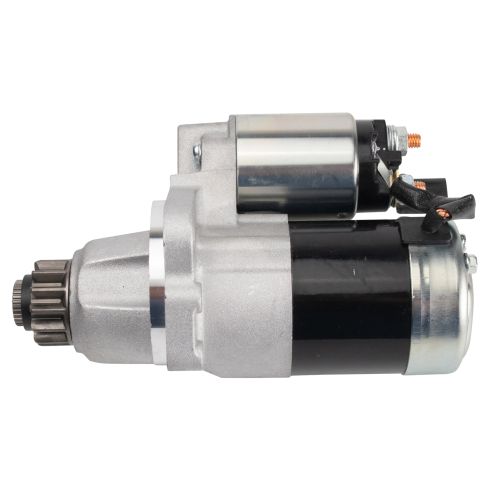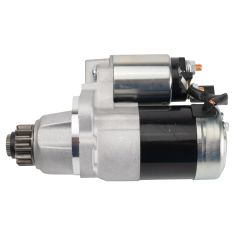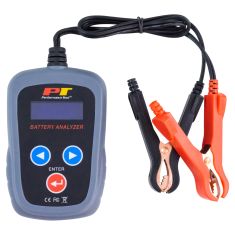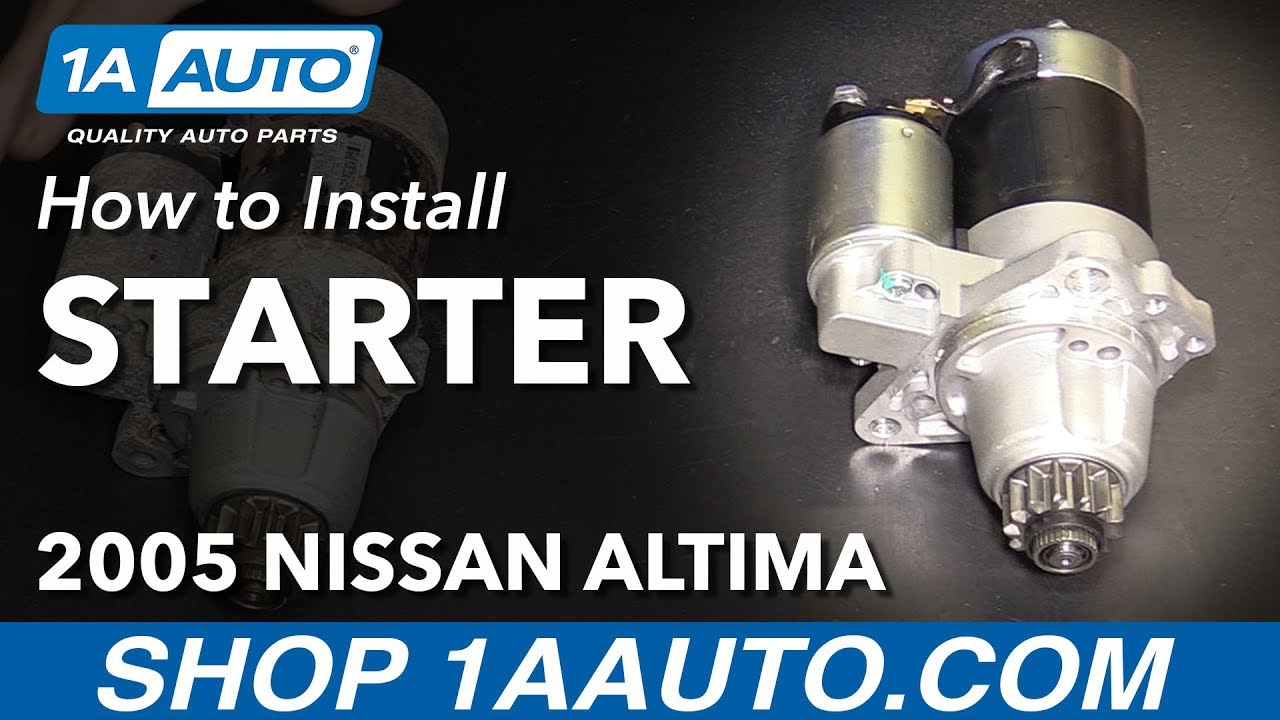1AEST00509-2002-06 Nissan Altima Sentra Starter TRQ STA03083

Replaces
2006 Nissan Sentra L4 2.5L Automatic Transmission Starter TRQ STA03083

Frequently bought together
Product Reviews
Loading reviews
Customer Q&A
No questions have been asked about this item.
Nissan is a registered trademark of Nissan Motor Co., Ltd. 1A Auto is not affiliated with or sponsored by Nissan or Nissan Motor Co., Ltd.
See all trademarks.










